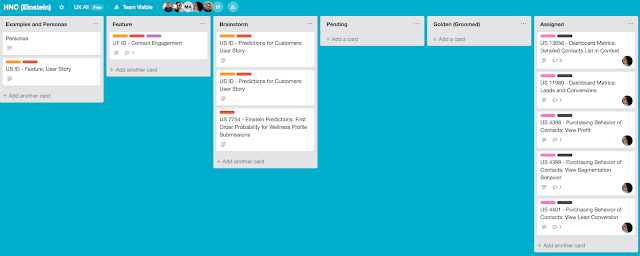Defining a Persona
After some small research I realized it really depends on your own goals – what exactly you want to know about the user. Below are some of my thoughts how to define a persona, but they are rather “recommendations” than a solid template:
Defining a Persona
A persona
represents a group of users who exhibit similar behavioral patterns in their
use of technology or products, customer service preferences, lifestyle choices,
and the like.
A persona
details should list relevant to your business [or to your software] items.
One of the ways defining them is to conduct users interviews on the
customer side (among potential end users), and starting from 30 interviews we
can create a definition of our persona. Other thought how it can be done is
through anonymous online surveys.
There are some
details we may find about a persona, split on two main categories:
1. Personal
Profile
1. Age range (or broader: demographics)
2. Location (or broader: cultural background)
3. General likes/dislikes (list at least
several items for each)
4. Typical day off-work: Common everyday tasks
and computer usage (describe)
2.
Professional Expertise (these
are still very general items. We may ask people to answer very specific
question)
1. Goals/needs
2. Typical work day: Common everyday tasks,
timing, and software usage
3. [Type of industry of your business] software experience (describe:
what, why, how, how long, likes/dislikes)
5. Experience with a specific software of your interest (what product,
why, how many years, likes/dislikes)
6. Experience of use of operation system (MS
Windows, version, years)
7. MS Office experience
So, basically
we should have a list of questions to ask users.
After asking
certain amount of people we can build a bigger picture,
i.e. a persona.



Comments
Post a Comment